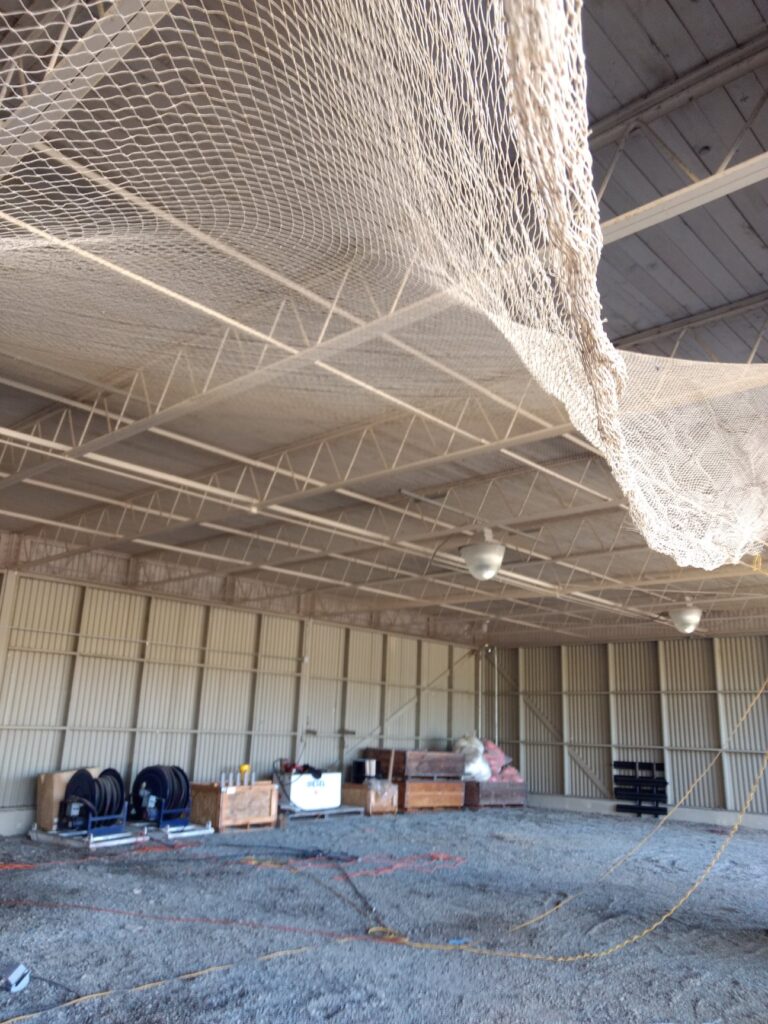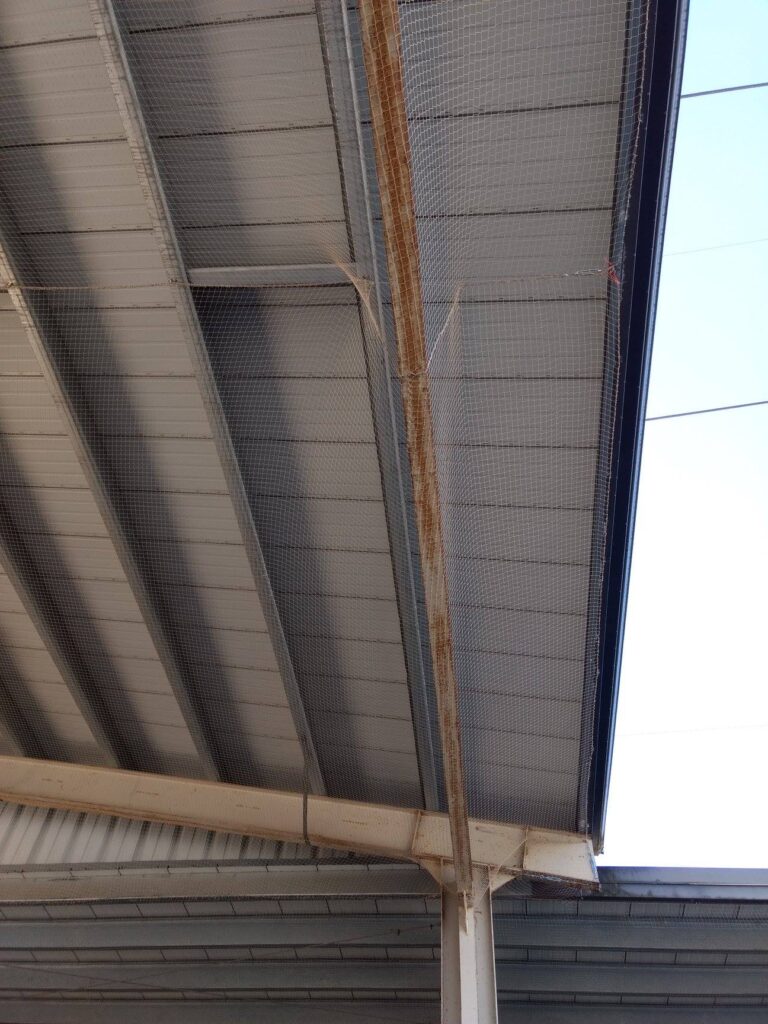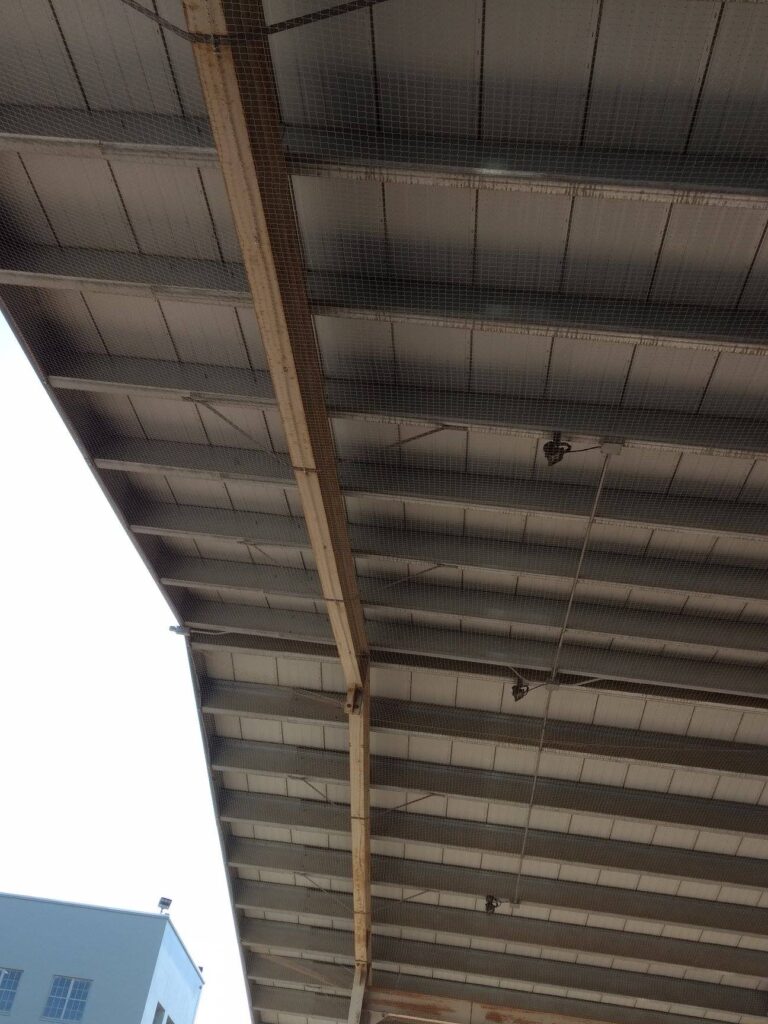A local power plant in Seattle was having problems with pigeons. Pigeons can be quite a problem for anyone, especially those who have to battle them roosting in a building they are trying to work in. They can be destructive, bringing in toxic spores that thrive in their droppings.
Pigeon Problems
The pigeons were roosting in the rafters of the plant. While seemingly benign they were causing problems to the building and for the employees, which included:
- Health risks: Pigeon droppings can harbor a host of pathogens that can pose a threat to human health. They can carry various diseases, such as histoplasmosis, cryptococcosis, and psittacosis, which may be transmitted to people via contact with contaminated surfaces or inhaling airborne particles.
- Structural damage: Accumulated pigeon droppings can corrode commercial buildings, slowly destroying materials like metal, wood, and stone. This compromises the building’s structural integrity and can open the door to water damage and issues with mold, mildew, and rot.
Bird Netting for Pigeon Control
We installed bird netting under the roof to keep the pigeons from roosting. It took 2.5 days, three lifts, and almost a whole Seattle Critter Control team to net a couple of their outbuildings against some pesky pigeons!







Understanding the Value of Pigeon Control Maintenance
While resolving a pigeon infestation is an integral first step in keeping these birds at bay, it’s only part of a long-term solution. Ongoing maintenance is equally essential in preventing them from returning and causing the same problems.
At Critter Control, we design a comprehensive maintenance plan tailored to your needs. From regular inspections to deterrent installations, we’re here to help you keep pigeon populations under control. Pigeons have a strong homing sense, so control isn’t a one-and-done situation. Ongoing maintenance is often necessary to ensure the birds don’t become a recurring problem.